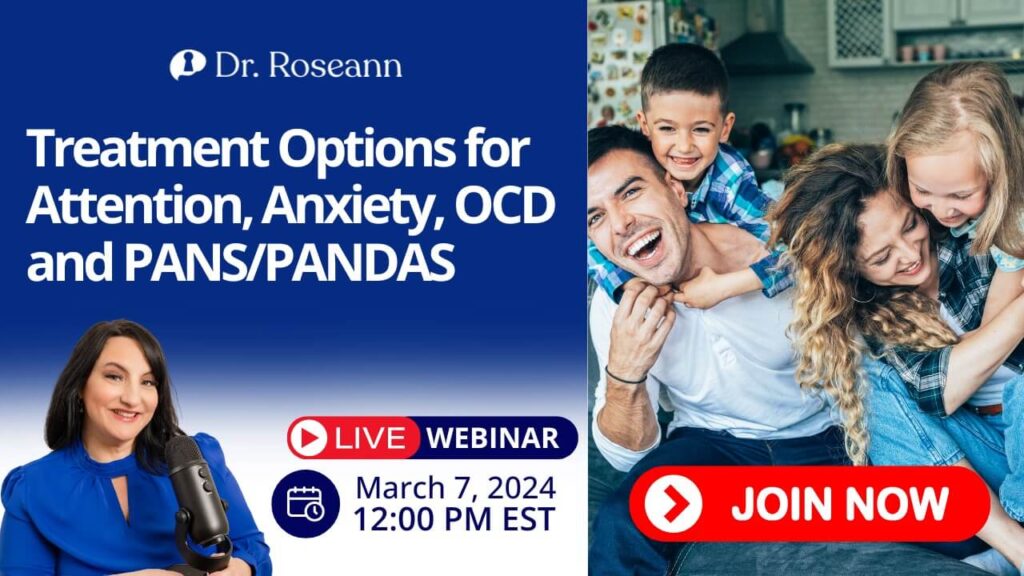QEEG or Quantitative electroencephalography is an important diagnostic tool that will help you better understand exactly what is going on with your child.
QEEG brain mapping greatly helps in identifying brain wave patterns and shows you everything that’s wrong with your brain. In relation to mental health, brain mapping detects neuropsychiatric disorders, dementia, brain injuries, mental health disorders, and more.
The changes in a child’s mood, behavior, and personality may be explained by the assessment from the QEEG brain mapping. Hence, it’s best to have knowledge about this diagnostic tool that will guide us in helping our children have a good mental health condition and ensuring that their brain functioning is better.
Why is it important to collect data from the brain?
In our brain behavior reset program, we have QEEG and brain check. These are simply ways to collect data from the brain. So we don’t just guess about mental health.
The standard of mental health care is to get more information about your brain wave activity and brain function. So you go in the room, you tell your symptoms, and nobody's really checking. They just make you fill out a detailed questionnaire. And what these methods do is allow us to collect data from the brain.
Why is that important? We know about the many functions of the brain and that it has certain areas that do specific functions. An acute electroencephalogram (EEG) is deemed to be magical because it shows us exactly what regions are overstimulated, what areas are overworking and what areas are under-stimulated.
Although acute EEG can’t tell us a patient’s intelligence, they can give us an idea of how smart they are. So it's really showing us exactly what's happening over the structures of the brain.
We get to know what's happening over there in the frontal lobe or what's happening in the emotional centers in the limbic system or elsewhere. Is it a hot mess? Is it oversensitive? What's happening in the areas responsible for sensory processing? That’s what we get to learn more about.
How does the brain talk to itself?
The structures of QEEG will tell us about how the brain is talking to itself as it is as important as how the structures are working. When we know the structures or areas, then we can identify which one’s related to attention, behavior and others.
How does information get from the left side to the right side and why is that important? Well, a good example is probably the most famous smart person in the world – Mr. Albert Einstein. He had a genetic defect across his corpus callosum which is the superhighway from the right to the left side of your brain.
That genetic defect allowed Mr. Einstein to process 400 times the rate of a normal brain. We know this for a fact because he donated his brain to Princeton and another professor happened to take his brain.
What does neurofeedback do?
What neurofeedback does is to improve the processing rate; it increases the efficiency. Neurofeedback can be done to people without clinical conditions.
It also helps to improve how you think and organize. It’s how we get a lot of things done. You can be intelligent, but then you still need efficiency in your processing.
As mentioned, we can see what is actually happening with a QEEG. We are measuring the surface electrical activity of the brain and when we do so, that information is put into a database. And then, you're compared against males and females in your range. There are people that have typicals, and some with other issues.
It’s all about probabilities and interpretation.
It's all about probabilities. With regard to Pediatric Acute-onset Neuropsychiatric Syndrome (PANS) and Pediatric Autoimmune Neuropsychiatric Disorders Associated with Streptococcal Infections (PANDAS), researchers in the field of people with autoimmune encephalopathy agree on how you know that their brain has brain swelling due to autoimmune responses to infections and toxins.
So when you look at their brain map, you’re left to wonder why would there be massive amounts of Delta waves? There are gonna be several reasons. And so you have to think about what else is there that you would be able to interpret.
The interpretation of the brain map has to be by a highly-skilled person who's done a lot of these. This is simply because of the obvious fact that people want to go to someone experienced, and who loves what they do. If you go to a new person, you're not going to get what you want. A good logical example of this is a brain surgeon. Do you want to bring a surgeon who's done 10,000 or 5 operations?
The power of a brain check-in.
With the diagnostic tools available, we get a statistical analysis that provide us with a visual representation. At our center, we have a report that shows us and helps us have a better grasp on everything.
We then line it up with questions so that you get a better sense about what's going on. A QEEG and a brain check in our brain behavior reset program is the data collection point where we base all of our neurofeedback treatment.
We do QEEG-guided Neurofeedback and we do EEG neurofeedback, that is clinician guided. This is not a do-it-yourself neurofeedback. You get the experience of a professional designing every protocol and being behind the scenes and you get the experience of the team.
It is most definitely a game changer because you get to the root of a problem that you couldn't get to. That is because if you have somebody who is an expert in understanding what the brain can and can't do, it is powerful and pivotal.
Every brain should be celebrated and every brain has the potential for change. We need a brain check. We need QEEG. We need a data point. We have to stop guessing and that's the power of a neurofeedback.
No matter where you are in your journey, we have resources to help you:
Is It ADHD Or Something Else?
If your child is struggling in ways that make you wonder if they have ADHD, I've developed a quiz to tell you if your child has ADHD, or if it's something else that should be on your radar. It's FREE to take the quiz, and you can get your results immediately.
➡️ “Is it ADHD or something else?” Take the quiz.
➡️ Join our FREE Natural Parenting Community to receive science-backed resources for your child and family. Join here.
➡️ Get help from Dr. Roseann and her team. Apply here.









